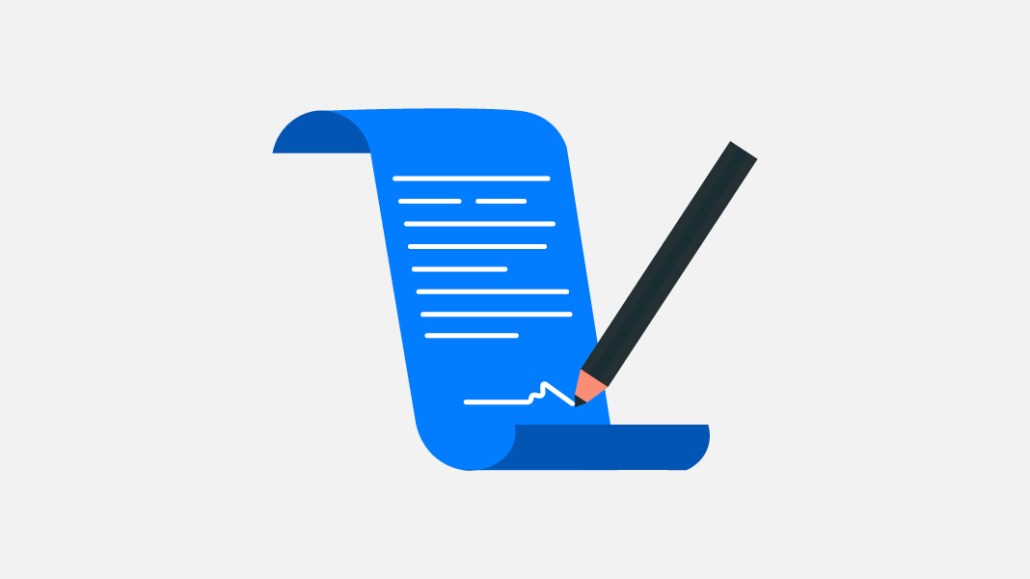
In the age of COVID, vendors put favorable terms on hold
Over the fall and summer of 2020, as an unprecedented global pandemic created revenue woes across all parts of the digital ad industry, many publishers struggled to maintain favorable deal terms with their ad vendors. Content recommendation giants worldwide — and particularly in Europe — were forced to address thorny questions surrounding up-front revenue guarantees.
Some vendors — temporarily, at least — abandoned guarantees entirely, switching instead to revenue share deals that put their clients at a severe disadvantage. In one prominent instance, this shift helped torpedo a blockbuster merger between the two largest vendors in Europe.
In truth, even vendors that never entirely abandoned guarantees have still begun structuring their contracts in ways that are less favorable to publishers — most notably by creating longer-term payment windows and charging higher rates.
“The rates from February down to May were quite stark in terms of the drop-off,” said Paul Macdonald, Chief Content Officer and co-founder of the European publisher SportsFanMedia, which switched from a major vendor to a self-funded, independent competitor earlier this year. “I think the [previous] company just thought to themselves, ‘Well, publishers will just be happy to get whatever they can take at this moment in time.’ It was a challenging time in terms of making ends meet. But it also put us in a situation where I could look at the alternatives in the market.”
Indeed, throughout the pandemic, many publishers have accepted these changes as the price of doing business during troubled times. But now, publishers are once again beginning to seek better contracts from their vendor partners. Getting the terms they need may simply be a question of looking past the most omnipresent vendors dominating the market.
Publishers must look beyond the obvious choices
One of the major roadblocks that publishers face — especially in Europe — is that they’re locked into the mindset that they only have one or two options for vendor partners. However, the landscape includes smaller, independent players that specialize in providing favorable terms and more personalized communications.
And while some of the largest vendors on the market appear to be recovering — either by returning to the original guaranteed deals they had with their clients or improving their revenue-share terms — some experts believe that these companies still haven’t fully committed themselves to provide better deals.
“Our commission rate is significantly better than the one we had,” said Macdonald. “The fact that we’re getting the commission rate we are now means we don’t need to work as hard as before to reach the same level of revenue.”
Flexibility is vital for publishers
No publisher wants to be locked into inflexible deal terms with vendor partners. But over the course of the pandemic, as revenue took a dive, those inflexible terms went from inconvenient to potentially fatal.
“With our last partner, once you were locked in, you could be locked in for one year or two years. And as we saw this year, a hell of a lot can change in a single year,” said Macdonald.
Inflexibility can rear its head in other ways, including hidden auto-renews, slow payment terms and one-size-fits-all deal structures that may not cater to specific publishers’ unique needs.
“I know for a fact that a lot of publishers, especially smaller ones, will be put on some standardized commission scheme without the larger vendors having any real knowledge of what the traffic is like until it reaches a certain point,” said Macdonald.
Ultimately, questions around flexibility, transparency and payment speed remain crucial questions for publishers — ones that some larger vendors still haven’t answered in the wake of the pandemic.
“Some of the most prominent vendors in the ad tech market have responded to the pandemic by making their deal terms more inflexible, more onerous, and more inscrutable,” said Richard Marques, CEO at Revcontent. “In Europe, where the vendor market appears limited to many publishers, this dynamic has been particularly brutal. Right at the moment when publishers have needed the most leeway and flexibility, their partners made their lives harder, not easier.”
The post-COVID vendor market will be one of expansion, not contraction
One of the greatest misconceptions that publishers hold is that the current vendor market — particularly in Europe — is contracting or remaining stagnant in the wake of the pandemic. Instead, it’s expanding as smaller, self-funded players enter the space and beef up their personnel and operational capabilities. But it’s incumbent upon publishers to find them — and that’s not necessarily a complicated task. “I literally just Googled alternatives to our previous vendor,” said Macdonald.
The publishers that thrive in the COVID and post-COVID eras will be the ones that seek out partners that have truly demonstrated a commitment to favorable terms with publishers.
More from Digiday

‘A year of loose ends’: Digiday editors share top takeaways from 2025
This year was filled with major developments – from Netflix’s planned WBD deal to Omnicom’s acquisition of IPG to Google’s ultimately cookie reversal – and Digiday editors Sara Jerde and Seb Joseph help to recap the year that was (and wasn’t).

Ad Tech Briefing: Big Tech won 2025 (even when it lost)
How AI, commerce media and scale reshaped ad tech in 2025 to the benefit of Big Tech.

How brands shifted marketing and media strategies through year of tariffs
Marketers share how they navigated the maze of tariffs and regulatory changes this year.





